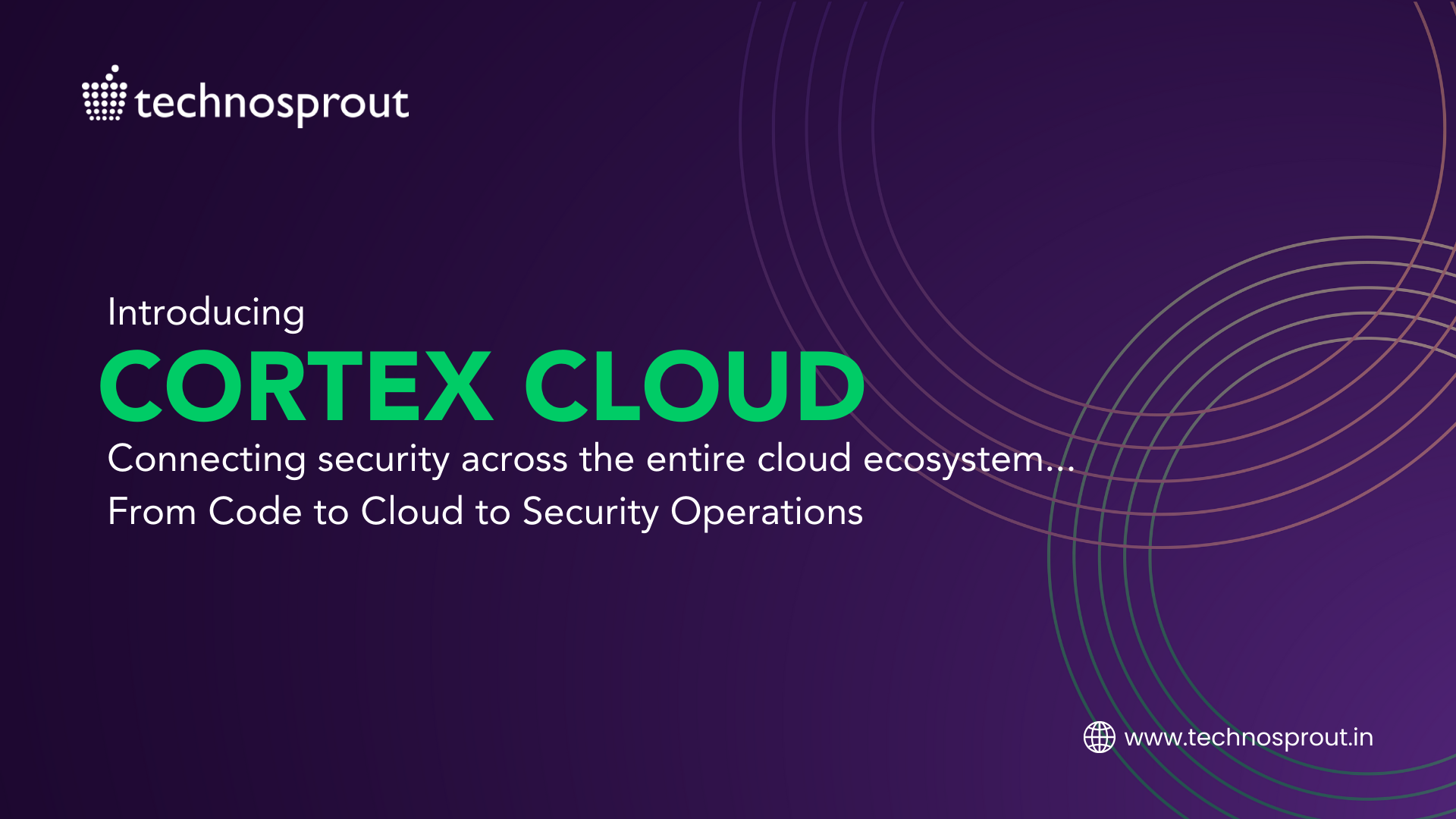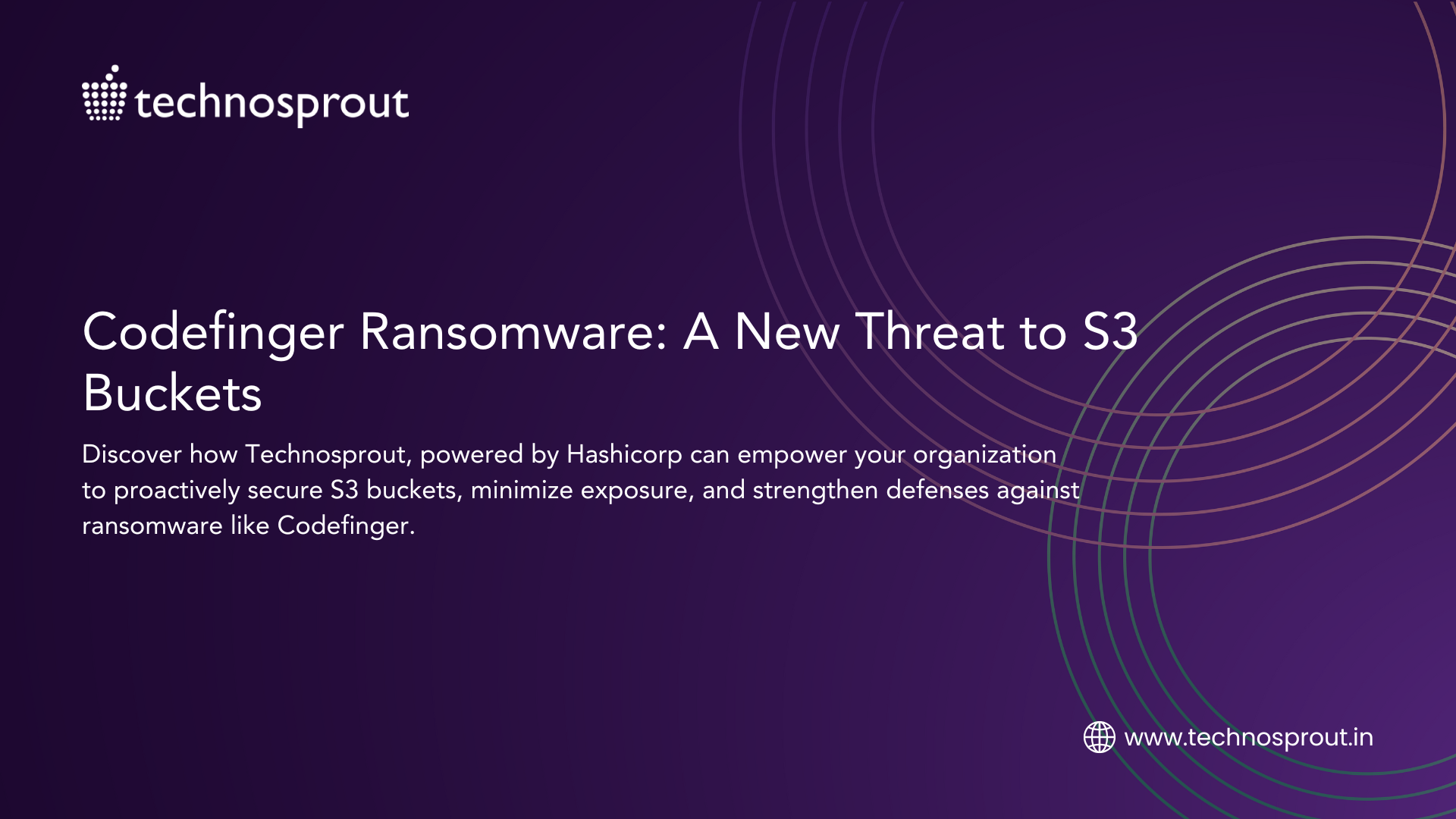As companies migrate to the cloud, it’s inevitable for their security teams to leverage cloud security posture management (CSPM) tools. These tools offer much-needed visibility, allowing for misconfiguration detection and resolution of compliance hurdles. CSPM solutions provide valuable security insights, including those traditionally requiring an agent or proxy. With cloud environments growing ever more complex, organizations need to adapt to stay on top of modern threats.
This blog delves into the fascinating transformation of Cloud Security Posture Management (CSPM) technologies. We’ll explore how CSPM solutions have evolved over time, and what differentiates a modern approach from its traditional counterparts. We’ll uncover how CSPM has moved beyond basic configuration checks to offer sophisticated capabilities for tackling today’s complex cloud security threats.
The Evolving Landscape of CSPM Tools
Since its introduction, Cloud Security Posture Management (CSPM) has undergone a significant transformation to empower businesses with more robust security. Let’s explore some key milestones that have shaped the CSPM market, along with the challenges addressed at each stage:
- First Generation CSPM: Basic Visibility
- Second Generation CSPM: Consolidation and Prioritization
- The Shortcomings of Second-Generation CSPM
- The Next Generation of CSPM: Proactive Security and Context
First Generation CSPM: Basic Visibility
The initial generation of CSPM tools addressed three core security functions:
- Asset discovery: Identifying all cloud assets across public cloud environments.
- Misconfiguration detection: Unveiling security misconfigurations that could create vulnerabilities.
- Compliance posture assessment: Evaluating an organization’s adherence to relevant security regulations.
While these tools offered valuable visibility without requiring additional agents or network scanners, they presented a new challenge – an overwhelming number of misconfiguration alerts. Security teams were left scrambling to prioritize and remediate these issues.
Second Generation CSPM: Consolidation and Prioritization
In response to the alert overload, the industry witnessed the rise of Cloud-Native Application Protection Platforms (CNAPPs) which consolidated CSPM functionality with other cloud security features. This broadened the scope of CSPM, enabling the identification and correlation of risk factors that could form attack paths within cloud environments. These factors could include misconfigurations, network exposures, vulnerabilities, and excessive permissions.
However, research by Palo Alto Networks indicates that only a small percentage (around 1%) of cloud misconfigurations actually translate into exploitable attack paths. While this approach helped prioritize alerts, it also led to the decline of pure-play CSPM vendors as organizations sought unified security solutions.
Despite this consolidation, Gartner predicts that preventing cloud misconfigurations will remain a top cloud security priority for organizations by 2026.
The Shortcomings of Second-Generation CSPM
While the second generation of CSPM addressed many of the limitations of its predecessor, it still suffers from critical security gaps:
- Limited Attack Surface Visibility: Traditional CSPM tools primarily focus on internal cloud environments, neglecting the “outside-in” view. Research suggests that as much as 30-40% of an organization’s attack surface may reside outside the cloud, undetected by legacy CSPM solutions.
- Lack of Application Context: Existing CSPM tools offer an asset-centric view, while security and development teams typically organize their thinking around applications. This disconnect hinders collaboration and makes it difficult to assess the true impact of application-related risks.
- The Fix-and-Treadmill: Traditional CSPM tools focus on resolving issues at runtime, neglecting the root cause – code-level misconfigurations. This reactive approach creates a never-ending cycle of identifying and fixing the same mistakes repeatedly within the cloud environment.
The Next Generation of CSPM: Proactive Security and Context
The new wave of CSPM tools goes beyond the limitations of previous iterations by delivering:
- External Attack Surface Management: Modern CSPM solutions offer comprehensive scanning of the entire internet to identify internet exposures and assess the risk posed by shadow clouds, unmanaged services, and unknown assets. This “outside-in” view empowers security teams to gain a holistic understanding of their cloud security posture.
- Application Context: These advanced tools incorporate application context, providing security teams with insights into applications deployed across clouds, the assets comprising each application, and ownership details. This application-centric view facilitates collaboration with development teams and streamlines risk assessment.
- Tracing Cloud Risks to Code: Forwarding cloud misconfiguration alerts to developers via ticketing systems is a prevalent but inefficient approach. The new generation of CSPM tools can trace issues back to the source – the infrastructure-as-code (IaC) misconfiguration that triggered the problem. This empowers security teams to address the root cause in code, preventing future occurrences within the cloud environment.
By prioritizing prevention, context-aware security, and a focus on the entire attack surface, the next generation of CSPM tools empowers organizations to proactively secure their cloud environments from code to cloud.
How Does Technosprout Help Organizations?
Achieving cyber confidence begins with a solid strategy! Technosprout leverages an “Assess, Design, Implement and Manage”four-pronged approach that leads organizations methodically through business transformation throughout the lifecycle.
We like many organizations trust Prisma Cloud to secure their applications across the entire development lifecycle. Want to identify hidden threats within your cloud environment? Get a quick cloud security assessment to uncover critical risks.





